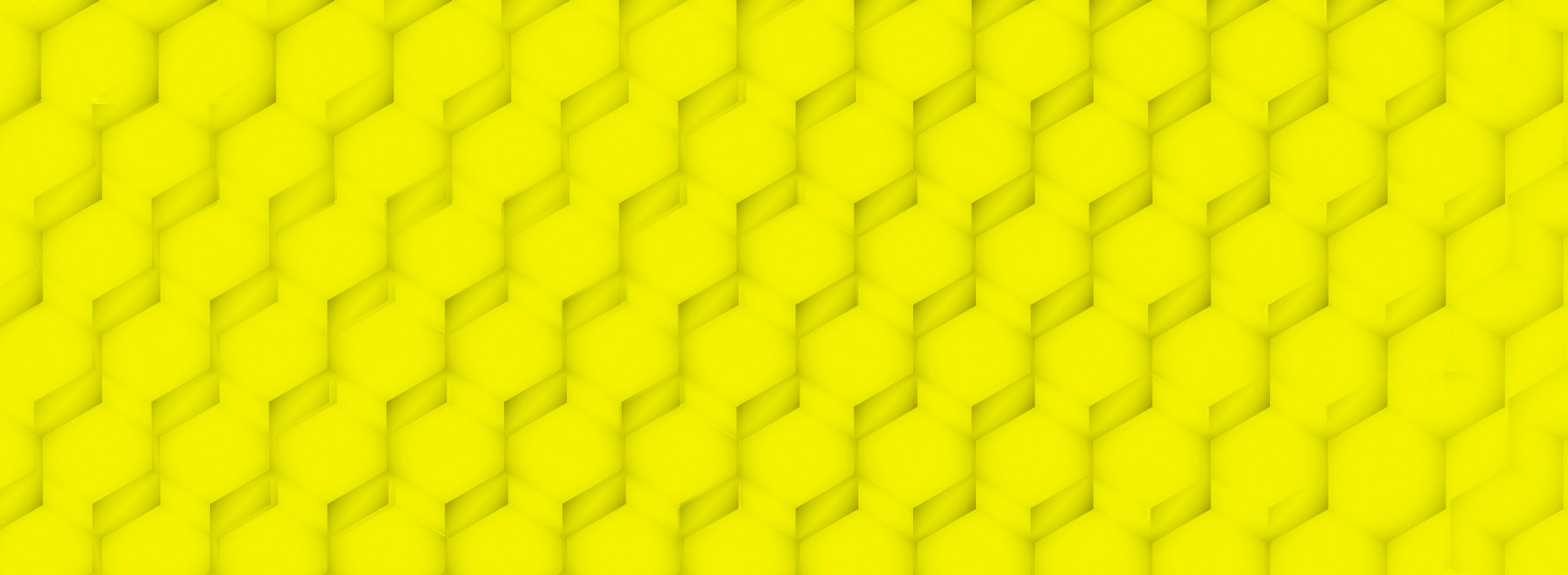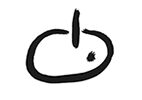Rafał KOTWIS
dr hab., prof. UAP | PhD (Fine Arts) Hab., University Professor
Uniwersytet Artystyczny im. Magdaleny Abakanowicz w Poznaniu | Magdalena Abakanowicz University of Arts in Poznań, Poland
Droga po druku. Pomiędzy przestrzenią wirtualną a realną, analiza problemu na podstawie własnych doświadczeń PrintSettPath | Between virtual and physical reality. Analysis of the problem based on an artist’s own experience
BIO
[PL] Urodził się w 1978 roku w Złotowie. Od 2000 do 2005 roku studiował na Akademii Sztuk Pięknych w Poznaniu na Wydziale Malarstwa, Grafiki i Rzeźby. W latach 2002 – 2005 studiował na Uniwersytecie im. Adama Mickiewicza na wydziale Nauk Społecznych, kierunek Filozofia. W 2005 roku obronił dyplom z wyróżnieniem. W 2012 roku obronił stopień naukowy doktora sztuk plastycznych. W 2020 uzyskał stopień doktora habilitowanego w dziedzinie sztuki. Obecnie pracuje na stanowisku profesora uczelni. Kierownik I Pracowni Rzeźby i Otoczenia – Studyjnej oraz wykładowca przedmiotu Techniki komputerowe w rzeźbie. W latach 2016 – 2020 Prodziekan a obecnie Dziekan Wydziału Rzeźby Uniwersytetu Artystycznego im. Magdaleny Abakanowicz w Poznaniu.
Zajmuje się szeroko rozumianą rzeźbą. Brał udział w wystawach indywidualnych i zbiorowych w kraju i zagranicą (Niemcy, Belgia, Słowacja, Czechy, Ukraina, Litwa, Tajlandia). Bliższe jest mu stanowisko producenta niż artysty. We wczesnych pracach podejmował problemy estetyzacji codzienności i wyrosłego na jej gruncie mechanizmu anestetyki jako swoistej dysfunkcji kulturowej czasów obecnych. Obecnie koncentruje się na problemie immersji sztuki. Inspiruje go wszechobecna dehumanizacja wynikająca ze zawłaszczania świata przez elektronikę, która zastępuje nam świat codzienny bądź staje się filtrem przez, który go doświadczamy. Dużą uwagę poświęca nowym technologiom związanych z grafiką i drukiem 3D. Bada nowe medium, testując możliwości jakie daje współczesnemu rzeźbiarzowi.
[ENG] Rafał Kotwis was born in 1978 in Złotów. In the years 2000–2005, he studied at the Academy of Fine Arts in Poznań at the Faculty of Painting, Graphic Art and Sculpture. From 2002 to 2005, he studied at the Adam Mickiewicz University in Poznań at the Faculty of Social Sciences, majoring in philosophy. In 2005, he graduated summa cum laude. In 2012, he obtained his Doctor of Fine Arts degree. In 2020, he obtained his higher doctorate in the field of art. He works as a university teacher, currently a UAP professor. He is the head of the 1 Study Sculpture and Environment Studio, and a lecturer teaching Computer Techniques in Sculpture. In the years 2016–2020, he was a deputy dean of the Faculty of Sculpture at the Magdalena Abakanowicz University of the Arts Poznan, and now holds the office of the dean of the deputy.
He deals with sculpture in some wide sense of the term. He has participated in individual and collective exhibitions both in Poland and abroad (Germany, Belgium, Slovakia, the Czech Republic, Ukraine, Lithuania, Thailand). He considers himself rather a producer than an artist. In his early works he dealt with the issues related to aestheticisation of everyday life and the mechanism of anaesthetics that emerged on its grounds as a specific cultural dysfunction of the present time. Currently, he focuses on the problem of the immersion of art, being inspired in his work by ubiquitous dehumanisation resulting from the world being appropriated by electronics that replaces our everyday world or becomes a filter through which we experience it. He pays a lot of attention to new technologies related to graphic art and 3D printing. He explores the new medium, testing the possibilities offered by it to contemporary sculptors.
Abstrakt
[PL] Współcześnie technologia towarzyszy człowiekowi na każdym kroku. W wielu przypadkach doświadczamy świata za pośrednictwem elektroniki bądź wręcz jesteśmy w niej bezpośrednio zanurzeni. Świat nowych technologii otworzył przed ludzkością nowe horyzonty i poszerzył naszą rzeczywistość o przestrzeń wirtualną. Powstały narzędzia umożliwiające modelowanie nowych światów i wymiarów oraz technologie, za pomocą których możemy urzeczywistniać kod binarny. Świat sztuki czujnie się przygląda tym zjawiskom i stara się zaimplementować nowe media na swoje potrzeby. W moim wystąpieniu postaram się skupić na ważnych dla mnie aspektach grafiki i druku 3d, na podstawie własnych doświadczeń pokazać problemy i możliwości tej właśnie technologii z perspektywy doświadczeń artysty rzeźbiarza. Dotknę istotnych pojęć, takich jak: miejsce, skala, ciężar, grawitacja, produkcja, postprodukcja, jak również kuszący charakter pewnej magii ukrytej w świecie wirtualnym. Na pewno współcześnie pojawia się mnóstwo pytań dotyczących ewolucji dzieła sztuki oraz materialnej potrzeby zaistnienia tego rodzaju wypowiedzi artystycznej. Być może jest to następny etap, który nie zna granic twórczych, a być może nawet docelowy kierunek rozwoju najnowszych poszukiwań artystycznych człowieka. Jest to z pewnością niezwykle ciekawa przestrzeń, którą naprawdę warto poznawać i eksplorować.
[ENG] Nowadays, technology accompanies people at every step. Frequently, we experience the world through electronic devices, or we are just directly immersed in them. The world of high-tech has opened up new horizons for mankind and expanded our reality virtual space being added to it. New tools have been developed that make it possible to model new worlds and dimensions, as well as technologies that allow us to convert binary codes into physical objects. Artists are highly attentive to these facts and try to use the new media to attain their own goals. In my presentation, I will focus on the aspects of 3D graphic art and 3D printing that are important to me, and, on the basis of my own experience, I will show the problems encountered in and possibilities offered by this technology, analysing them from the point of view of a sculptor. I will touch upon important notions such as: a site, a scale, weight, gravity, production, post-production, as well as upon the tempting nature of certain magic hidden in the virtual world. Undoubtedly, nowadays there are plenty of questions concerning the evolution of artworks and the material need for this kind of artistic expression to exist. We might be experiencing the next stage that knows no limits of creativity, or perhaps even the final trajectory of development of the latest human artistic search. Indubitably, it is an extremely interesting space which is really worth learning and exploring.


